Customer-Centric Retailing in the Modern Era
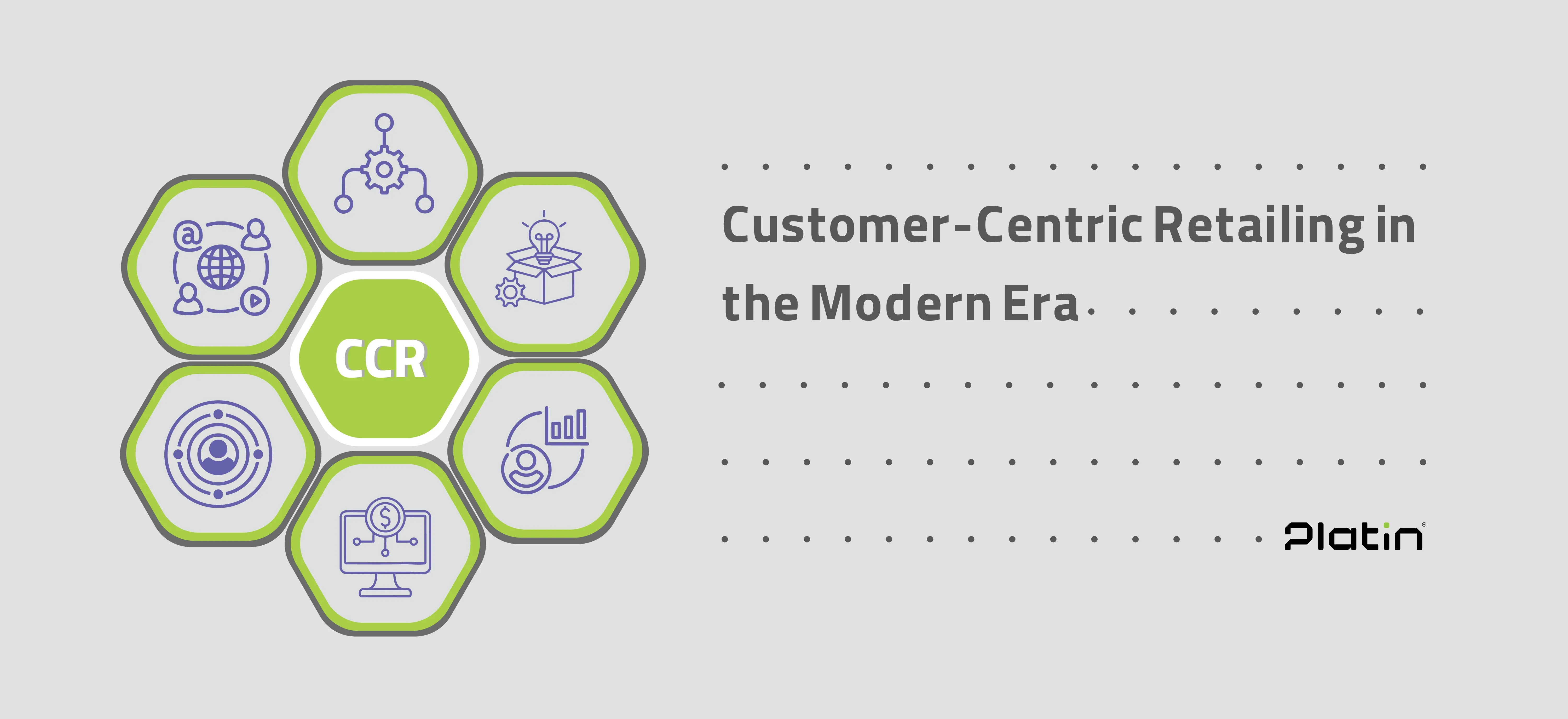
Introduction
In today’s evolving retail landscape, customer expectations have shifted dramatically. Consumers are no longer just seeking to purchase products—they are looking for personalized, fast, and unique experiences. These needs and expectations extend across all sales channels, including physical stores, websites, and mobile applications.
This article explores the importance and strategies of customer-centric retailing in the modern era and its impact on business growth.
What Is Customer-Centric Retailing?
Customer-centric retailing means placing the customer at the heart of all business activities. This approach emphasizes a deep understanding of customer needs, behaviors, and preferences, and tailoring products and services accordingly.
Professor Peter Fader, a renowned expert in the field, defines customer-centricity as a strategy that adapts products and services to the needs of a company’s most valuable customers. In essence, it focuses on personalizing the shopping experience with the ultimate goal of building deeper relationships with customers.
Benefits of Customer-Centric Retailing
Adopting this approach brings retailers multiple advantages, including:
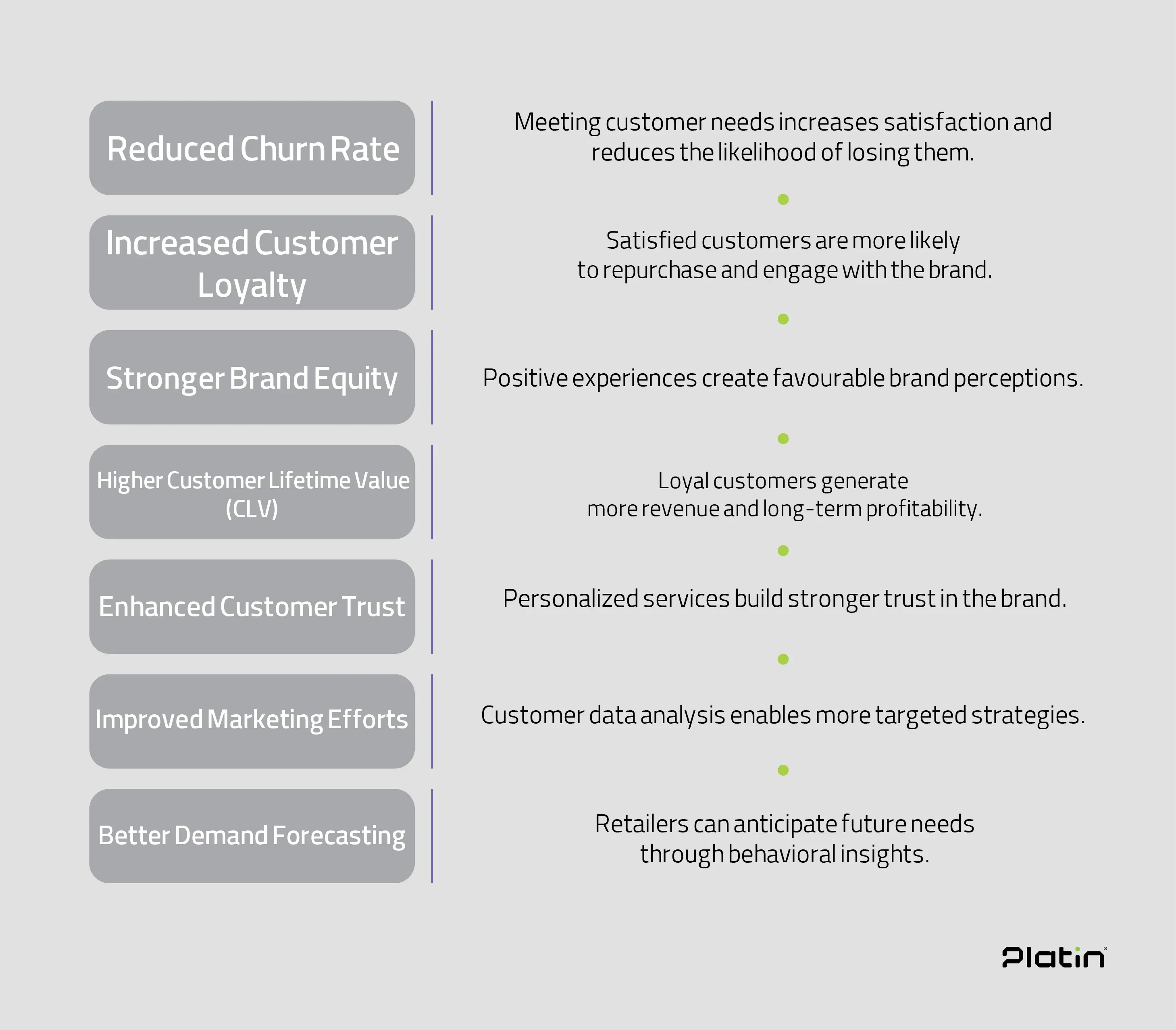
Strategies for Implementing Customer-Centric Retailing
To achieve customer-centric retailing, businesses must adopt structured and targeted approaches. The following strategies are key:
1. Organizational Integration
Success in customer-centric retailing requires seamless collaboration across all departments—from marketing and sales to support and logistics. This ensures accurate information sharing and a consistent customer experience.
Execution Methods:
· Implementing unified CRM systems across departments
· Holding regular interdepartmental meetings
· Sharing customer feedback and insights organization-wide
Example: Digikala integrates CRM systems across marketing, sales, logistics, and support, ensuring smooth information flow. According to its Customer Experience team, nearly 83% of customers rated their likelihood to recommend Digikala with a score of 7–10, reflecting high satisfaction and loyalty—achieved through coordinated processes.
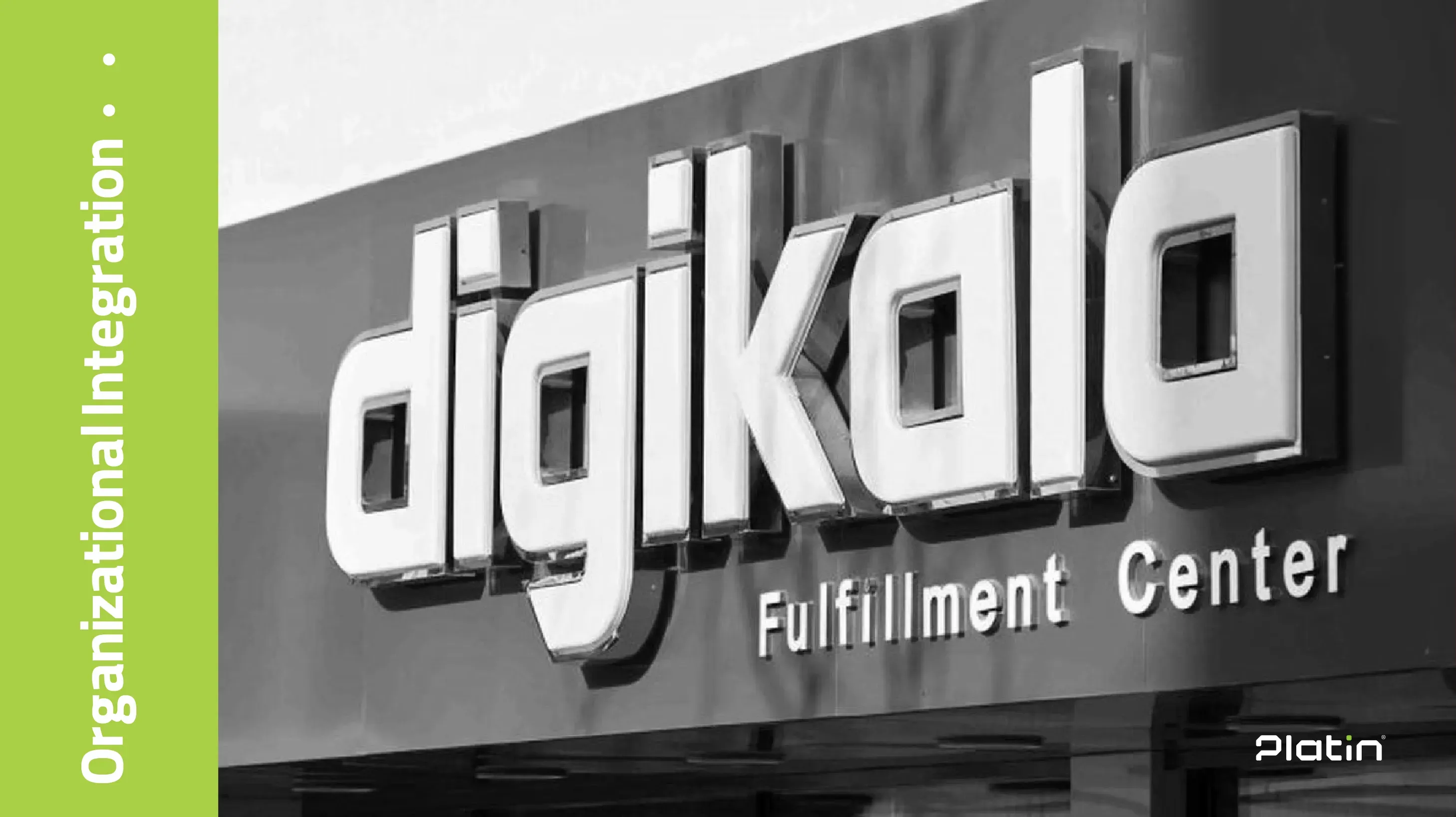
2. Innovation in Products and Services
Innovation is a key differentiator in today’s competitive market. Retailers must continuously enhance customer experiences through new technologies and service models.
Execution Methods:
· Using Augmented Reality (AR) for online shopping
· Interactive apps for product customization
· AI-powered personalized recommendations
· Collecting direct customer feedback for service improvements
· Investing in technologies that streamline customer engagement (e.g., live interaction tools, smart feedback systems)
Example: SnappMarket has significantly enhanced online shopping with interactive apps and smart technologies—from easy ordering, real-time tracking, and personalized offers to live discounts, contactless checkout, and direct support access. With a 64% market share in Iran’s online supermarket sector, SnappMarket processes nearly 1 million items daily and achieves ~1,000 billion tomans in monthly sales. Delivery efficiency is also outstanding, with 99% of orders on time and 94% error-free.
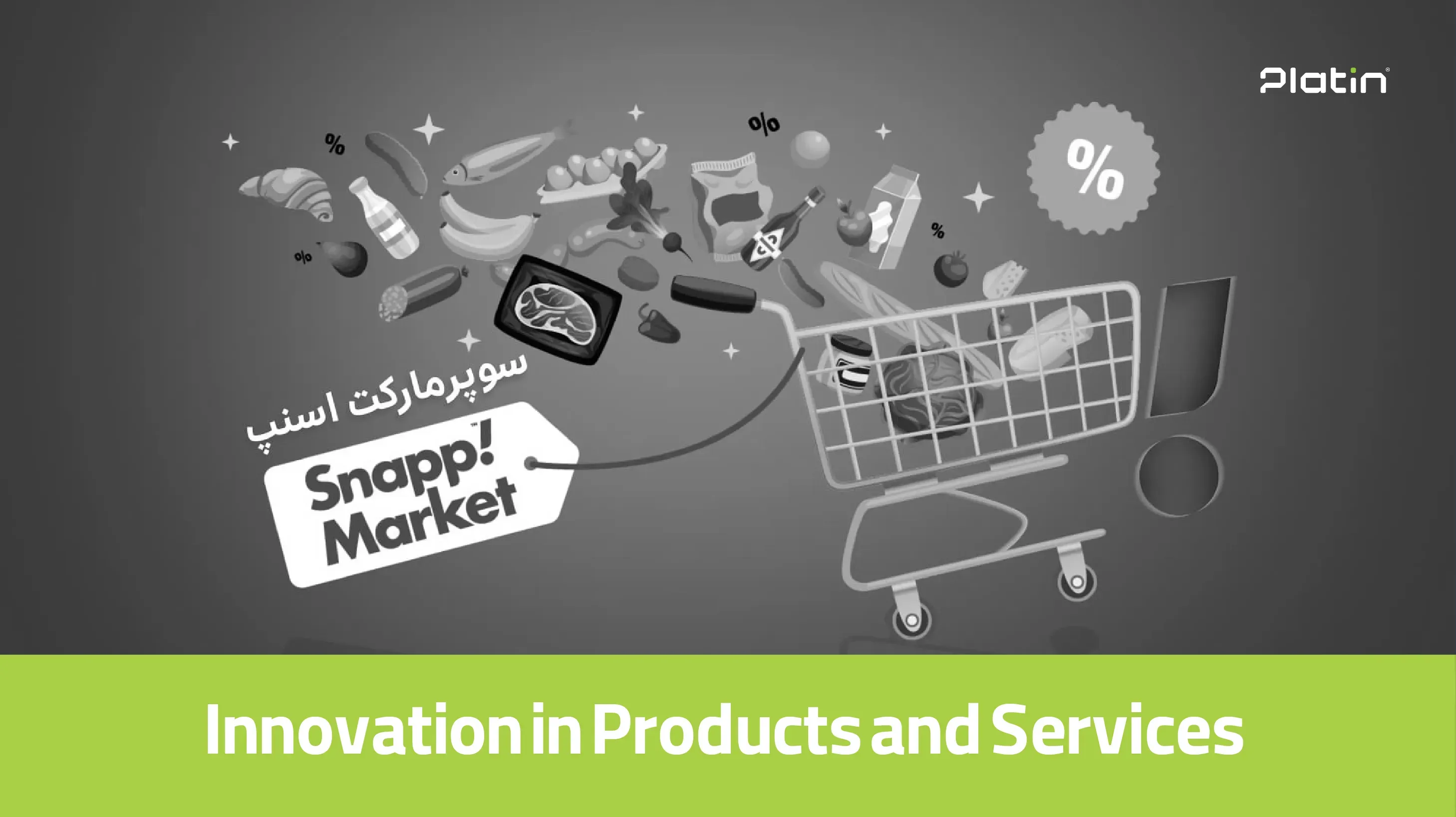
3. Customer Data Analytics
Analyzing behavioral, transactional, and emotional data enables precise decision-making. With AI, retailers can personalize experiences, forecast demand, and optimize pricing. Combining quantitative and qualitative data ensures truly targeted services.
Execution Methods:
· AI-driven transaction analysis and demand forecasting
· Dynamic pricing models using machine learning
· Sentiment analysis from online reviews and social media
· Inventory optimization based on sales and behavior data
· Precision targeting in marketing campaigns
Example: Target’s “Inventory Ledger” system, powered by AI, has significantly improved stock accuracy. By 2025, it will cover over 40% of store products—double its earlier range. Demand forecasting has reduced out-of-stock incidents by 20%, while logistics optimization eliminated $2 billion in excess inventory.
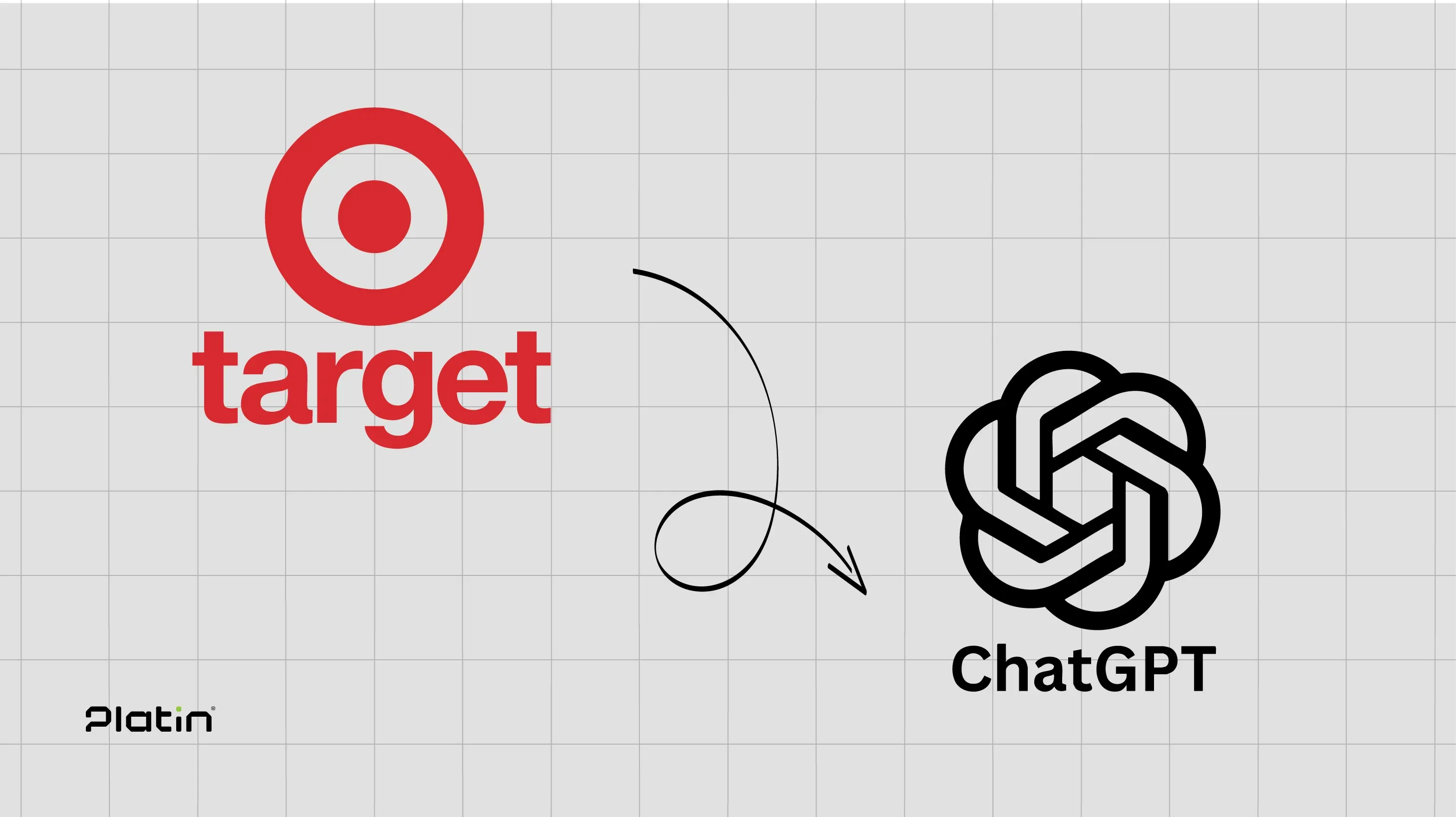
4. Investment in Information Technology
IT forms the backbone of digital transformation in retail. Advanced digital tools help companies increase efficiency while delivering smarter customer experiences.
Execution Methods:
· Using CRM to track customer interactions
· AI-powered predictive analytics
· Intelligent pricing systems via machine learning
· Employee training and digital infrastructure development
Example: Spotify leveraged data analytics through Marketing Cloud to increase ad product sales by 19% in a single year. Success came from behavioral analysis, personalized messaging, and precision targeting.

5. Building a Customer-Centric Culture
Organizational culture is the foundation of true customer-centricity. Without employee belief in the importance of the customer, even the most advanced technologies will fall short.
Execution Methods:
· Employee training on customer-centricity
· Incentive programs to encourage better service
· Fast feedback loops to act on customer insights
Example: Zappos, through employee training and the motto “Deliver WOW Through Service,” embedded a customer-first culture across all levels. The result: 75% of sales from repeat customers and an NPS above 80—clear proof of a deeply rooted customer-centric culture.
6. Personalizing the Shopping Experience
Personalization makes customers feel valued and respected, increasing satisfaction, repeat purchases, and loyalty. Using modern technologies, businesses can design tailored interactions for each customer.
Execution Methods:
· Personalized recommendations based on past behavior
· Data-driven targeted ad campaigns
· AI-driven individualized shopping journeys
Example: Zalando employs AI and machine learning to replicate human-like shopping assistance. Its smart clothing recommendation tool boosted basket size by 40%. Intelligent notifications increased engagement by 60% and conversion rates by 35%. Overall, CLV grew by an average of 30%.
7. Effective Communication Channels
Strong multi-channel communication builds trust and enables continuous engagement, helping brands refine services and better understand needs.
Execution Methods:
· Support via live chat, phone, and social media
· Personalized newsletters
· AI chatbots for instant assistance
· Automated messaging at the right time
Example: Sephora’s advanced interactive tools, including the “Virtual Artist” (virtual makeup testing) and “Expert Chat” (pro-level chatbot), elevated its customer experience to near-human levels. Results: 112% higher conversion, 28% fewer returns, 45% more app engagement, and 4.5x usage of the “Virtual Try-On” feature.

Global Success Stories in Customer-Centric Retailing
· Starbucks: Using its AI platform Deep Brew, Starbucks analyzes customer data, purchase history, and contextual factors to deliver personalized, real-time offers. This boosted sales by 15%, increased average transaction value by ~20%, and tripled engagement compared to traditional advertising.
· Amazon: Amazon launched Rufus, an AI-powered LLM-based shopping assistant in February 2024. It answers customer questions, suggests products, and adds items to carts. Expected to generate $700M in indirect operating profit by 2025, Rufus enhances decision-making and saves time for customers.
· Apple Stores: With minimal design and interactive spaces, Apple Stores offer experiences beyond shopping: hands-on product testing, free “Today at Apple” sessions, and personalized support at the Genius Bar. About 40% of Apple customers use the Genius Bar, with a 90% satisfaction rate. Notably, 25% of iPhone sales in the U.S. occur through Apple’s physical stores, proving the impact of experiential retail.
· Marriott Hotels: Through its Marriott Bonvoy app, the chain delivers highly personalized services, including mobile check-in, keyless entry, and tailored travel suggestions. With over 120M members worldwide, the app has raised repeat booking likelihood by 30% and boosted customer satisfaction by 25%.
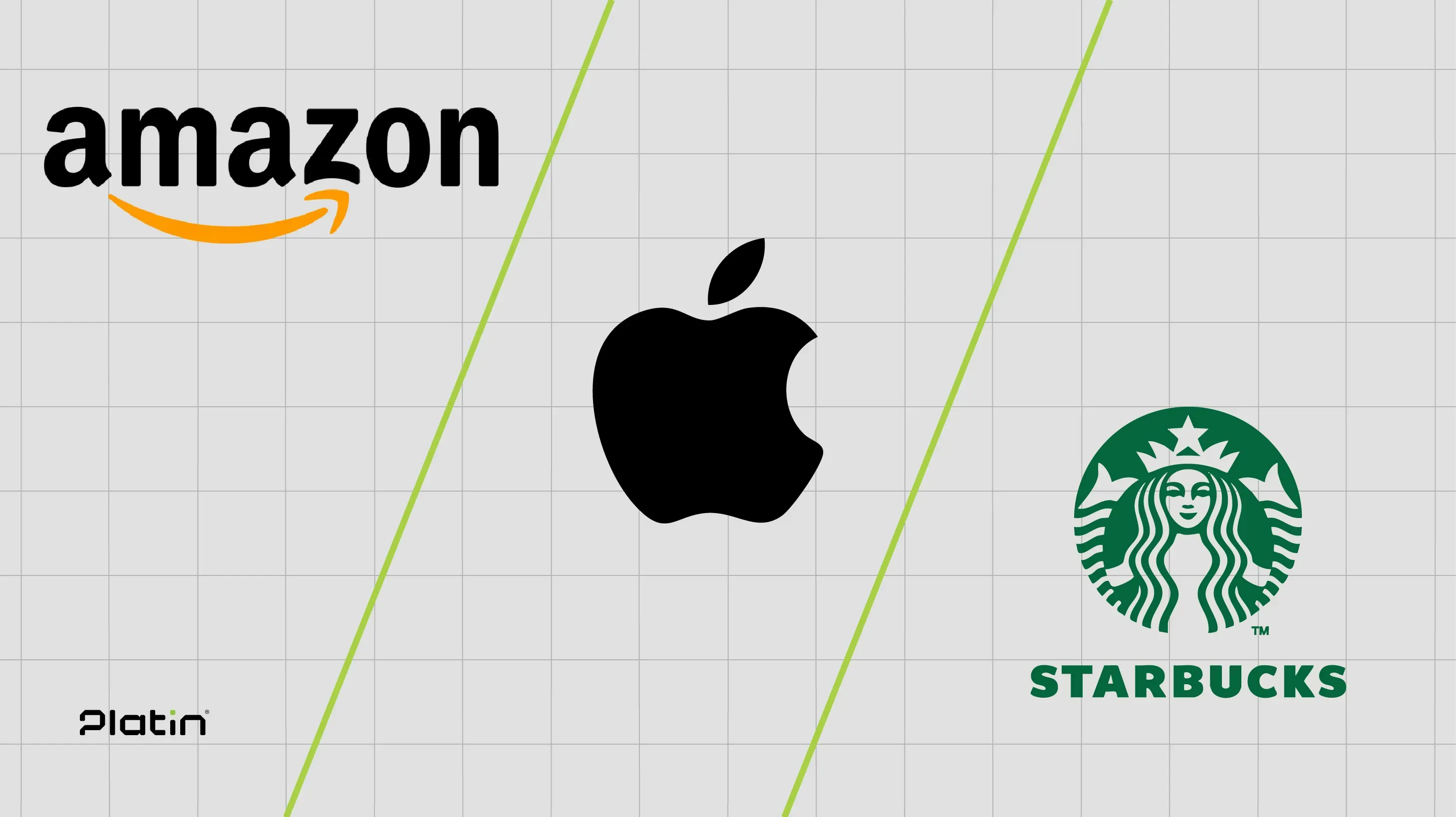
Conclusion
In today’s market, customer-centric retailing is no longer optional—it is essential. Customers expect brands not only to understand their needs and preferences but also to deliver fast, intelligent, and personalized experiences through advanced technologies, particularly AI.
Successful retailers invest in data analytics and AI algorithms to predict customer behavior, deliver timely and optimized recommendations, and build deeper connections. AI also enables scalable personalization and operational optimization, driving customer loyalty, satisfaction, and sustainable business growth.
Brands that harness AI to better understand and respond to evolving customer needs will secure a lasting advantage in tomorrow’s competitive markets.
At Platin Marketing & Communications Agency, we help brands navigate this transformation with confidence. Our services include data-driven marketing strategy design, customer engagement infrastructure development, innovative AI-powered project execution, and organizational culture-building around customer-centricity. With our expert team and proven track record, Platin plays a pivotal role in optimizing customer experiences and enhancing business performance.
Resources: